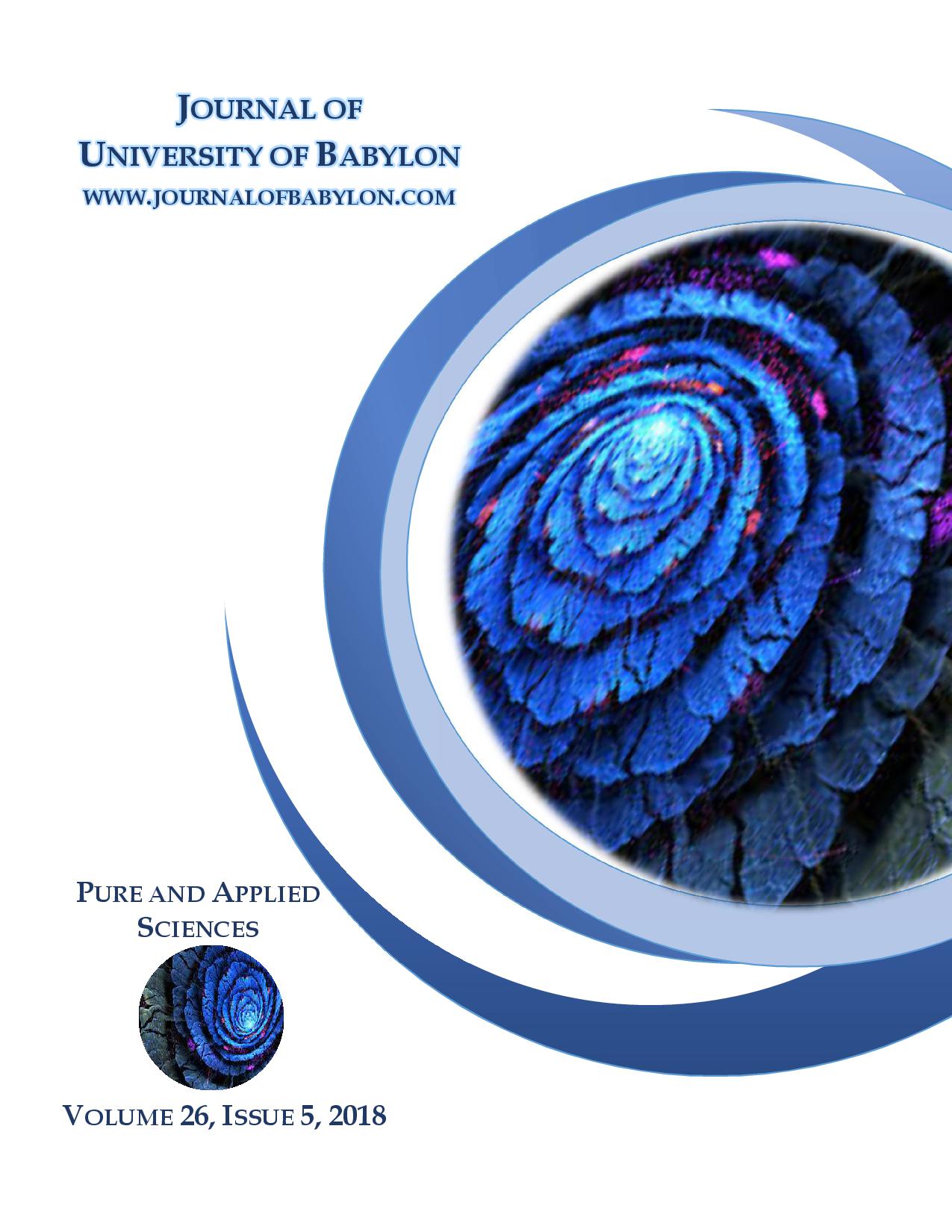Inflammatory Cytokines, Proteins, and White Blood Cells in Burned Patients Affected with Second and Third Degree of Burn
Main Article Content
Abstract
Burns are associated with increasing metabolic activities of the body organs. High metabolism rates are initiated by activation of different inflammatory reactions and cellular mediators( cytokines). The present research was conducted to evaluate the inflammatory markers , proteins , and white blood cells in thermal burned patients . A total number of burned patients was 60 from both sexes ( 30 males and 30 females), then, the patients were classified according to severity of burn into four subgroups , the first burned male group involved 15 burned males affected with second degree of burn, and the second burned male group(15) was affected with third degree of burn . Similarly, the same classification was applied on burned females in this study. Thirty healthy subjects (15 males, 15 females) were selected as control groups. All ages of patients and controls were ranged between 2 5-35 years old.
It was well found that the levels of C- reactive protein ( CRP) were markedly increased ( p < 0 . 05 ) in all patient groups in a comparison with their normal counterparts . Results of interleukin – 6 ( IL-6 ) were significantly heightened ( p< 0. 05) in most burned patient groups except male group affected with second degree of burn ,since, they did not show a significant increase ( p>0.0 5 ). Concentrations of total serum protein , albumin , and globulin were tend to decrease significantly ( p < 0 . 0 5 ) in most burned groups when compared with those healthy control groups.
Regarding total white blood cells (WBCs) count, data obtained from the present study indicated a significant increase (p<0.05) of total WBCs in all burned patient groups as matching with control groups. Furthermore, differential WBCs explained the follow- ing abnormalities: lymphocyte levels were significantly decreased (p<0.05) in all patient groups. Inversely, values of monocytes indicated an insignificant elevation (p>0.05) in most burned groups except burned male group affected with third degree of burn which showed a significant increase (p<0.05) in comparison with healthy groups. Statistical analysis of t-test indicated that granulocytes pointed out a significant elevation (p<0.05)
Neutrophils level in all studied groups. Inversely, values of eosinophils were signifi- cantly reduced (p<0.05) in most burned groups compared to healthy control groups. Sig- nificant and insignificant decreases were found in the levels of basophils of all burned groups when compared to those of control group.
